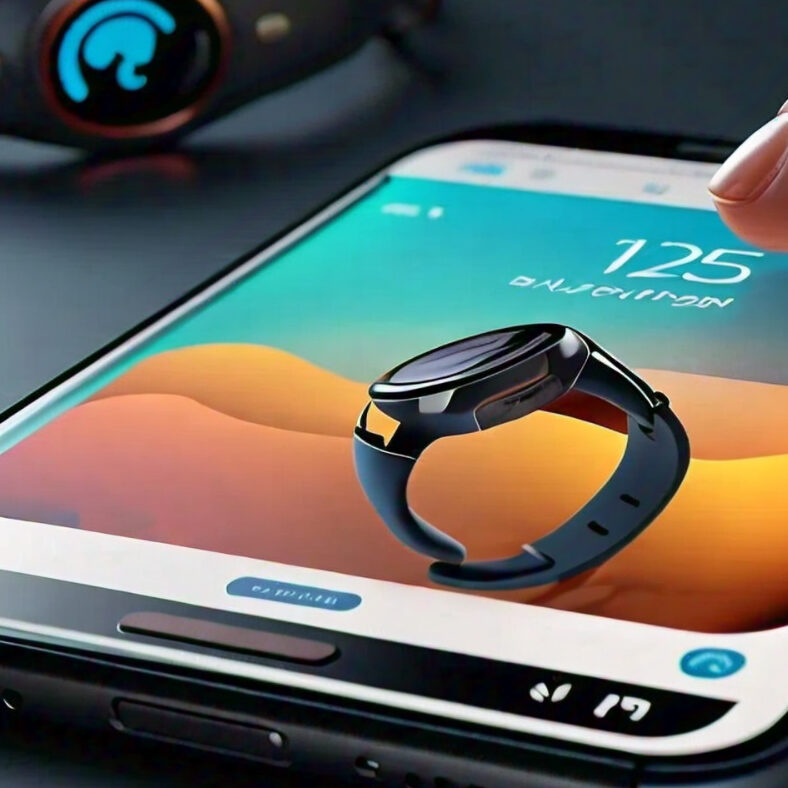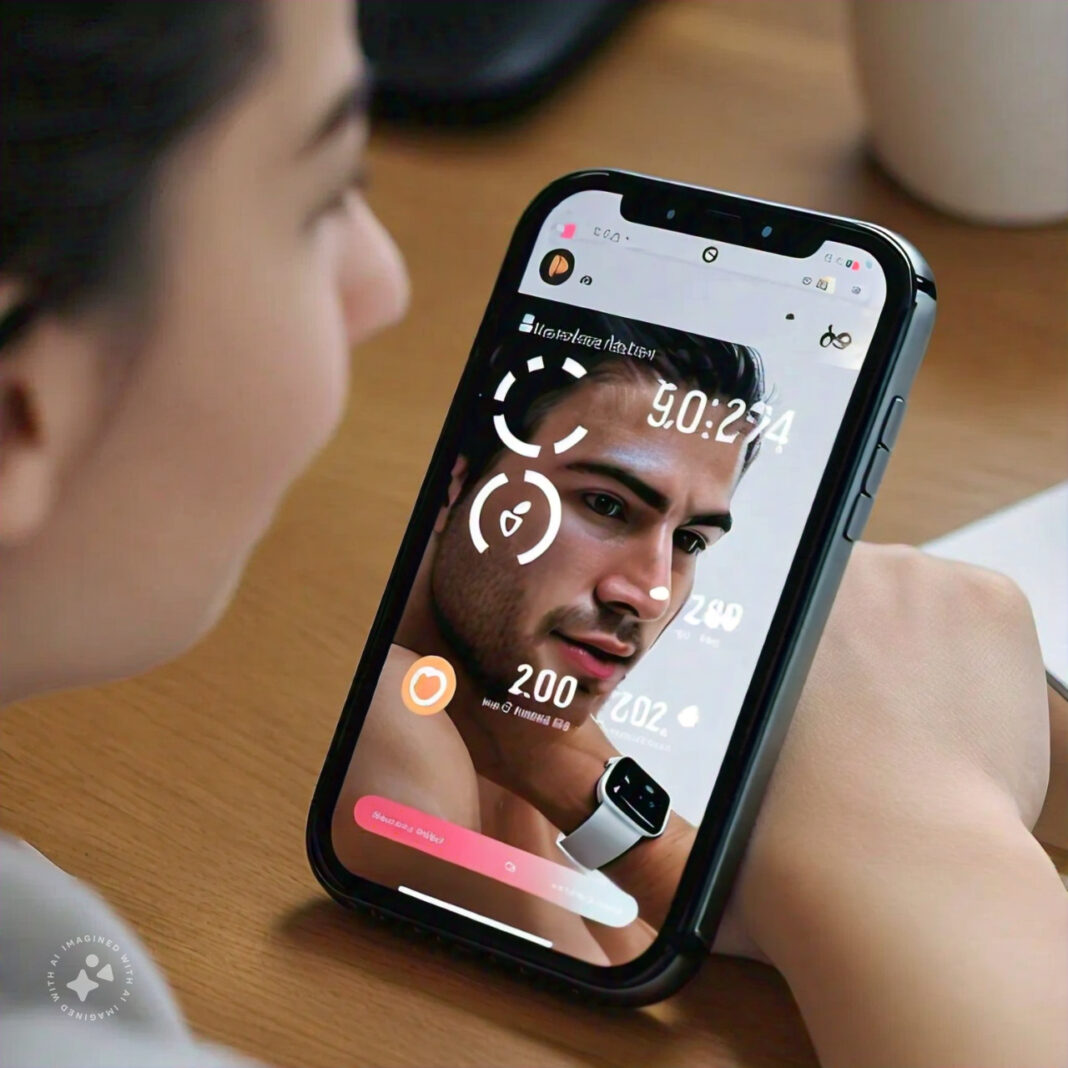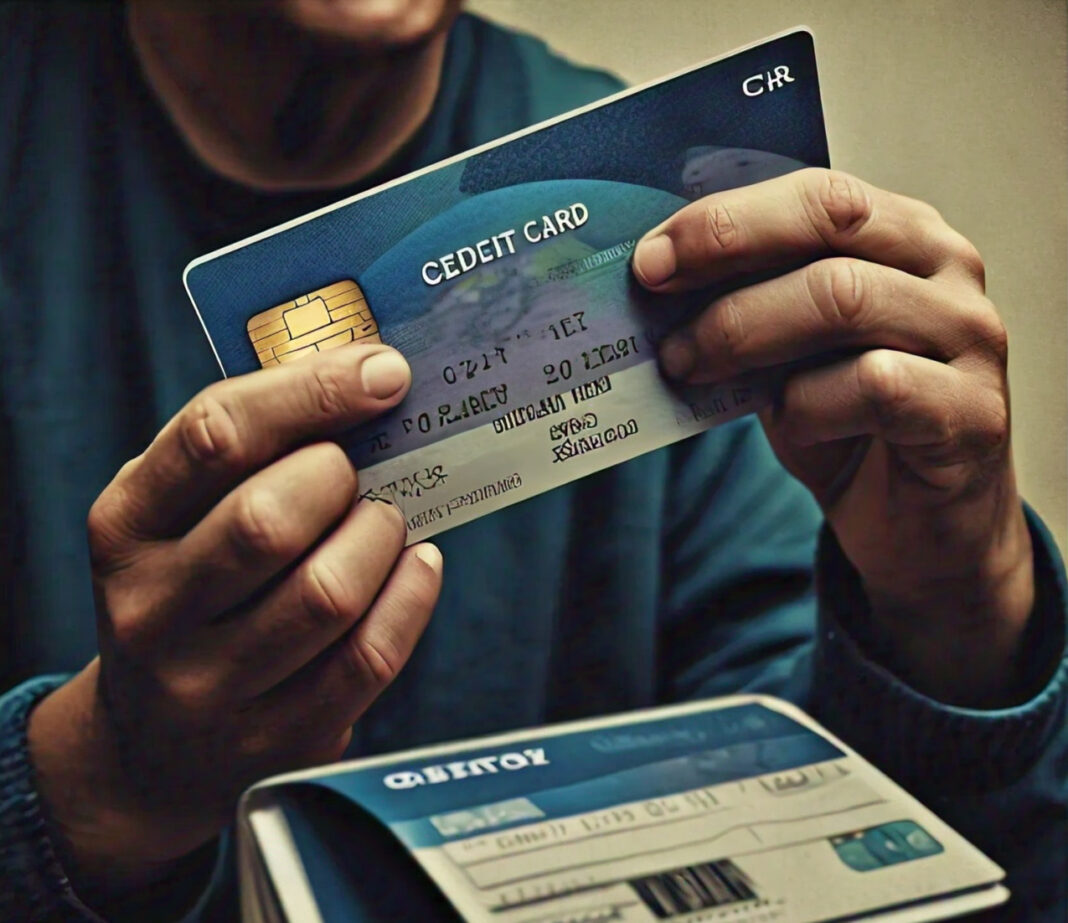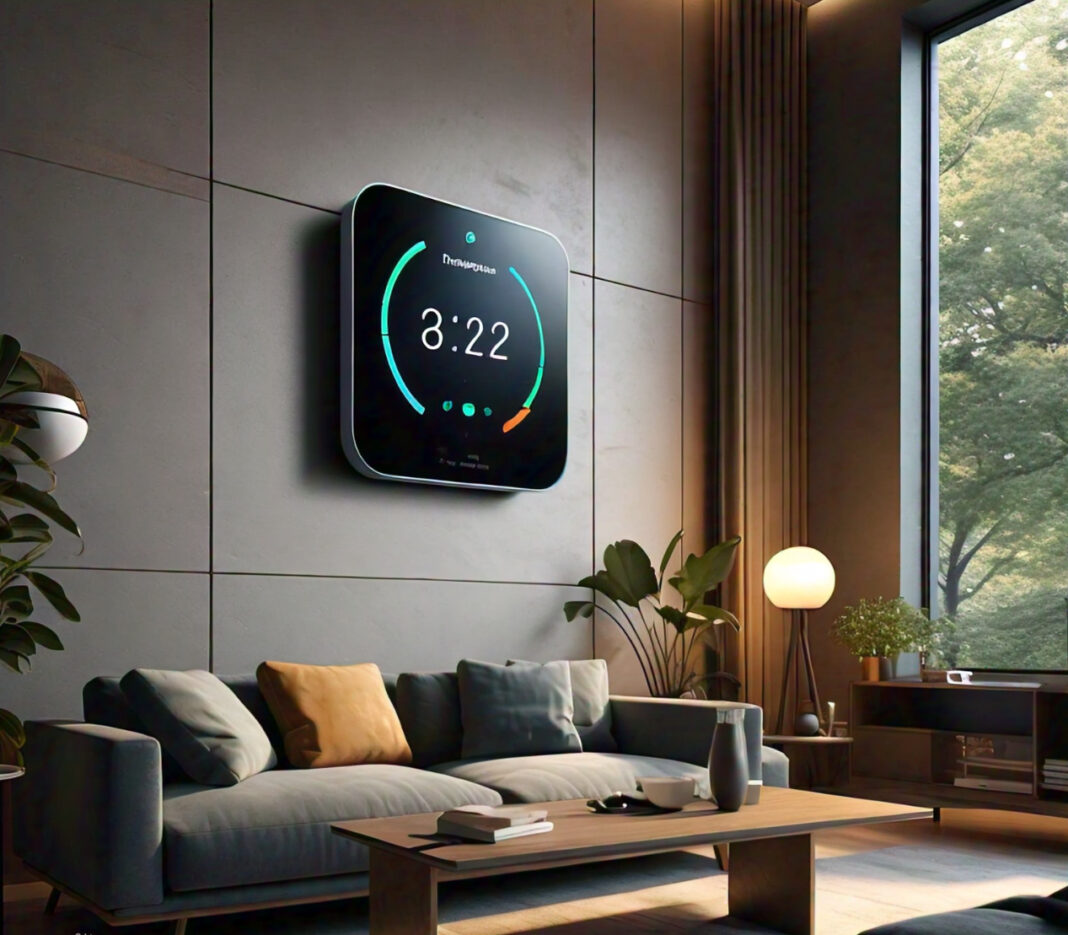No doubt, wearable technology has come a long way since the advent of the first digital watches. Smartwatches, fitness wearables, smart glasses, and now even smart clothes are being designed to be worn on the body to have quick access to information or functionality. But the true power of these devices is in the applications running on them—wearable apps.
A wearable application is a type of application that runs specifically on wearables. Wearable applications are going to have tailored designs to exploit the unique form factors and features of the wearable technology in the delivery of information and functionality to users, in less time, directly from their wrist, eyes, or whatever part of the body they have been worn.
Wearable Devices: Understanding
Before diving deeper into wearable apps, it would be important to understand the devices that run them. Wearable devices come in various forms, each provided with its features and capabilities.
Smartwatches
Perhaps the most popular wearable device is the smartwatch, and these are some of the many features that come with them.
- Notifications from your smartphone
- Fitness tracking
- Heart rate monitoring
- GPS navigation
- Music Control
- Voice assistants
Popular smartwatch platforms are Apple Watch, Wear OS by Google, and Samsung’s Tizen.
Fitness Trackers
Fitness trackers focus on health and activity monitoring. They usually offer functionalities such as:
- Counting your steps
- Tracking your sleep
- Monitoring your heart rate
- Estimating calories burned
- Tracking exercises
Examples include Fitbit devices, Garmin fitness bands, and Xiaomi Mi Bands.
Smart Glasses
This is a rather uncommon device that has a significant difference in capabilities:
- AR display
- Camera
- Voice interface
- Head-up for navigation
Examples are smart glasses like Google Glass and Microsoft HoloLens.

Smart Clothing
Smart clothing embeds sensors directly into the clothes for functionality provided in the form of:
- Biometric data collection
- Posture monitoring
- Temperature control
- Sports performance analysis
Examples include Hexoskin smart shirts and Sensoria smart socks.
What Makes Wearable Apps Unique?
Wearable apps stand out from smartphone apps because of the following features:
Simplified User Interface
Wearable screens are small, or even nonexistent; hence wearable apps should have the following features: MINIMALIST DESIGNS EASY-TO-READ FONTS AND ICONS EASY NAVIGATION QUICK INTERACTIONS FOCUSED FUNCTIONALITY Because of the limited screen estate and processing capability, most wearable apps consist of core features: fast, glanceable information mobile apps provide; simplified feature sets; voice and touch control
Wearable apps often use sensors to provide information based on the context in which the user is interacting with the device:
Location-based notifications
Activity-specific data
Time-sensitive alerts
Integration with Smartphone Apps
Most wearable applications integrate with the companion smartphone application using:
Data synchronization
The ability to show more detailed information and settings on the phone
The ability to use the phone as a means to perform tasks that are too complex for wearables
Types of Wearable Apps
There are several particular types of wearable apps, each targeting specific goals:
Fitness and Health Apps
These are some of the most famous wearable apps, which feature the following:
- Workout tracking
- Heart rate monitoring
- Sleep analysis
- Nutrition logging
- Meditation guides
Examples: Nike Run Club, Strava, MyFitnessPal
Productivity Apps
Productivity apps will continue to keep users organized and productive in the following ways:
- To-do lists
- Notifications from their calendar
- Voice memos
- Quick messaging
- Email previews
Examples: Todoist, Evernote, Slack
Navigation and Travel Apps
These apps incorporate GPS capabilities for guiding users around on-the-go:
- Turn-by-turn directions
- Public transit information
- Nearby point-of-interest discovery
- Language Translation
Examples: Google Maps, Citymapper, TripAdvisor
Messaging Apps
Messaging apps allow users to reply fast from the wrist:
- Message notifications
- Voice calls
- Quick replies
- Social media updates
Examples: WhatsApp, Facebook Messenger, Twitter
Entertainment Apps
These apps bring quick access to media and entertainment:
- Music Control
- Podcast playback
- News Headlines
- Game companions
Examples: Spotify, Apple Music, Tiny Armies
How Wearable Apps Work
Wearable apps run differently versus their app peers as wearable gadgets themselves have a nature all to their own: Operating Systems – Wearable gadgets run on their respective operating systems: watchOS (Apple Watch) Wear OS for various manufacturers Tizen by Samsung Other proprietary systems, such as Fitbit OS These operating systems are geared to use small amounts of power with efficient performance for small equipment. Development Frameworks – Developers build apps to use on wearables with some of the following development frameworks: WatchKit – built for developing Apple Watch
- Wear OS API for developing wearables based on Android
- Tizen Wearable SDK in developing Samsung devices
- Cross-platform development using web-based frameworks
Data Collection and Processing
Most of the apps collect data from different sensors worn by the users, such as:
- Accelerometers
- Heart rate sensors
- GPS
- Gyroscopes
- Ambient light sensors
The collected data is usually processed locally on the device or forwarded to a paired smartphone for analysis.
Connectivity
Wearable applications depend on various connectivities, including:
- Bluetooth for smartphone pairing
- Wi-Fi for direct internet access
- Connectivity to Cellular Networks (Some Models)
- NFC Contactless Payment
Benefits of Wearable Apps
The user enjoys several benefits with wearable apps as well.
Convenience
- Access to information in no time
- Hands-free
- Instant real-time notifications
Fitness and Health Monitoring
- Constant monitoring of critical parameters
- Recommendations for personalized fitness
- Being motivated for an aimed goal and result
More Productive
- No disturbing notifications during a meeting
- Ability to handle a task in no time
- Voice-based reminders and notes
More Secure
- Instant SOS at
- Location-sharing with trusted contacts
Personalization
- Personalized watch faces
- Personalized health insights
- Dynamic notifications as per the user’s behavior
Challenges in Wearable App Development
Wearable applications not only have to face challenges of their own but developing successful wearable applications is an art on its own:
Battery Life Constraints
- How to manage functionality vs power consumption
- Background processes optimization
- How to synchronize data efficiently
Limited Display
- Intuitive interface design for smaller screens
- Information prioritization
- Readable typography and iconography
Data Privacy and Security
- Safety of sensitive health data
- Enforcing authentication securely
- Compliance with regulations on data protection
Cross-Platform Compatibility
- Development of a variety of wearable platforms
- Ensuring consistency in user experiences across devices
- Handling varied screen sizes and shapes
User Adoption and Engagement
- Compelling use cases related to wearable apps
- Educating the user about the benefits of wearable technology
- Long-term user engagement maintenance
The Future of Wearable Apps
These are some of the exciting developments that would be ushered forth with wearable apps in the aftermath of the advances in wearable technology.
Advanced Health Monitoring
- Early detection of diseases
- Health tips
- Telemedicine integration
AR Experiences
- AR navigation overlays
- Interactive gaming experiences
- Real-time language translation
Enhanced AI and ML
- More precise recognition of activities
- Predictive health hints
- Adaptive user interface
Penetrating the New Markets
- Monitoring industrial safety
- Profiles in retail and payments
- Education and training
Integration of Internet of Things
- Effortless interaction with smart home devices
- In-vehicle integration for keyless entry and control
- Automation of workplaces and access control
Wearable Application Development Best Ways
Developers in developing wearable applications, for their success, should follow the following best ways:
Pay Attention to Core Functionality
- Choose the very important features to offer on wearables
- Simplify the complex processes
- Optimize for quick interactions
Design for Glanceability
- Clear, high-contrast visuals
- Give priority to the most relevant information
- Effective use of color and iconography
Performance optimization
- Ensure maximum reduction of battery drain
- Strive to have reduced load time to the maximum
- Maximum efficiency in the data synchronization process
Leveraging device capabilities
- The device has in-built sensors—maximize use
- Strive for implementation of voice controls to the hilt
- Strive to leverage haptic feedback
Seamless integration
- Wearable device to a smartphone—seamless transition
- No breaks in the user experience at any point
- Data to be in sync
Wearable apps represent an exciting frontier in mobile technology; they can put software right on, no, not in, not in the pocket-actually, on the body. They change the way technology is used and interacted with in our everyday routine-from fitness to productivity, innumerable improvements now see daylight through apps developed for wearables.
With wearables getting more advanced and prevalent, the applications are also going to get a lot more innovative. The future of wearable apps holds the promise of applications getting even more personalized and context-aware and smoothly blending with our lives.
There are several challenges and opportunities that the world of wearable apps embraces for developers. By paying more attention to user-centric design, using the potential of the wearable device, and covering key concerns like battery life and data security, engaging and empowering wearable apps can be created with meaningful user lives.
As we forge ahead, wearable apps will become very central in our health lives and means of being connected with our environment. Wearable applications will play a leading role through smart watches, smart glasses, or even intelligent apparel, which is likely to have a place in our impending technological frontier.






